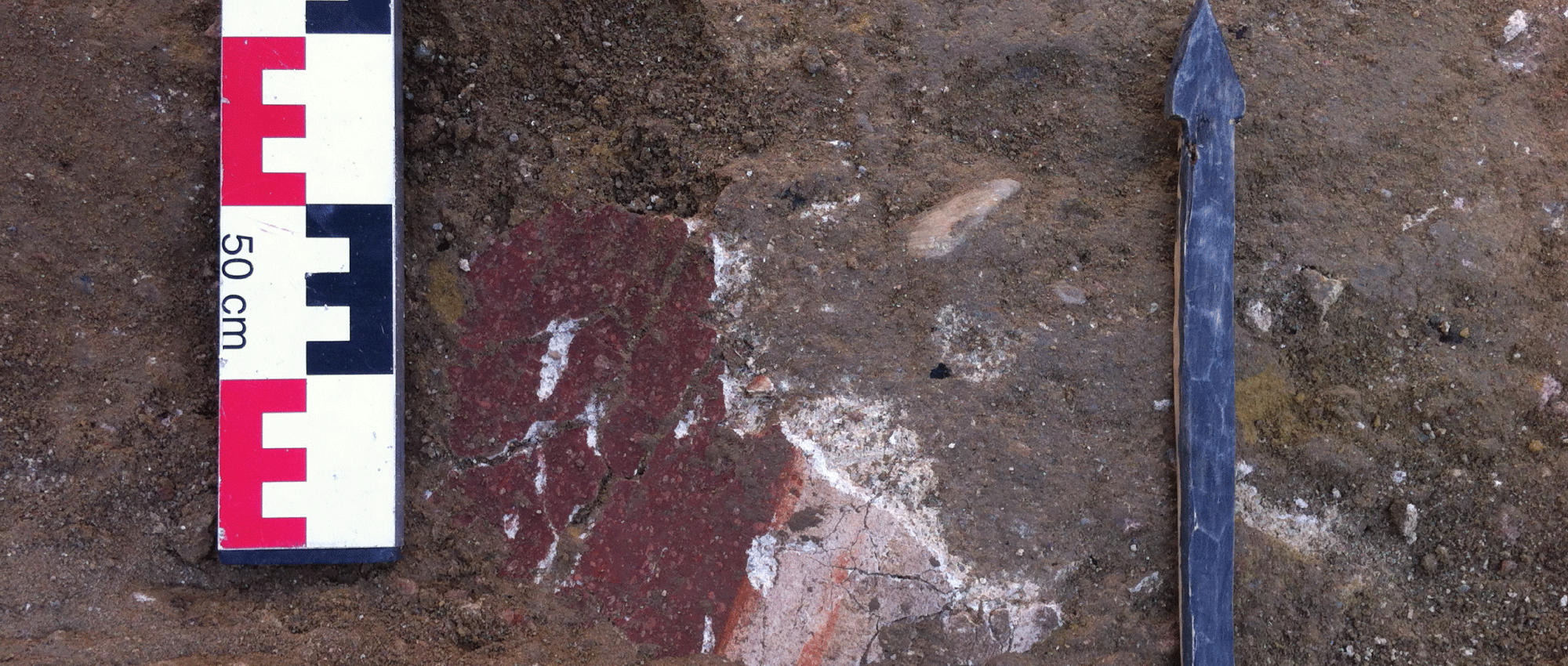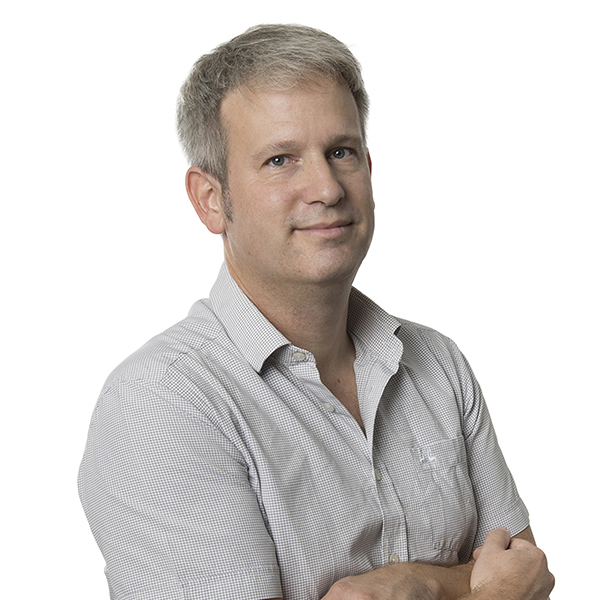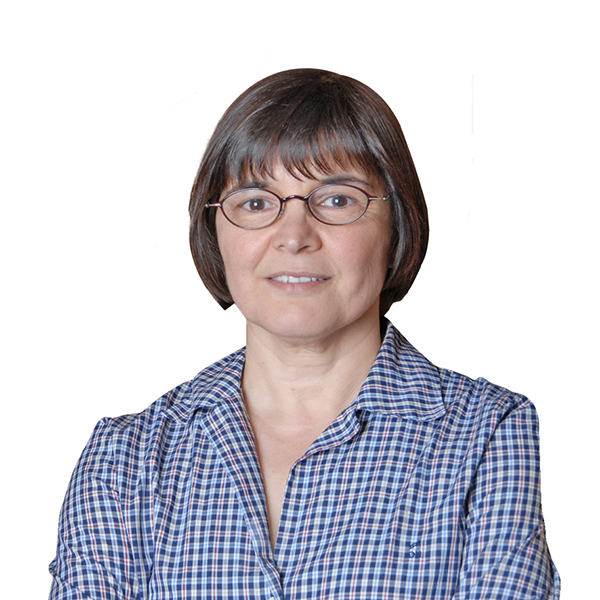ARHA 101 History of Art: An Introduction (2-2) 3
Broad introduction to the study of visual expression in different world cultures and time periods. Case studies about specific works of art are used to instruct students about the different ways that art historical theory can be applied to the analysis of a work of art/architecture. Research and academic writing skills are a key component.
ARHA 103 Archaeology: An Introduction (2-2) 3
Introduction to the discipline of archaeology. Emergence of archaeology as a discipline and its historical evolution, methods of discovery and research, major excavations and discoveries that are critical for understanding ancient civilizations.
ARHA 105 Cypriot and Anatolian Archaeology I (2-2) 3
Study of the prehistoric and later periods of the ancient civilizations of Cyprus and Anatolia. Important human social developments in the past, such as settlement organization and architecture, religion, economy, trade and artistic expression in the Middle, and Late and Late Bronze Age and Iron Age.
ARHA 107 The Ancient Middle East (2-2) 3
Examination of the first cities and states in the world and the earliest written records of human history. Study of the civilizations of the Sumerians, Akkadians, Babylonians and Assyrians through archaeological remains and historical sources.
INAD 109 Research Methods and Discourses (2-2) 3
The course introduces a systematic approach to conducting research, from developing a research question via critically reading scholarly texts to writing own scholarly texts. It introduces general methodologies of research and discusses a broad spectrum of disciplines which might be used as specific methods/tools in design-related research, such as philosophy, sociology and anthropology.
ARHA 102 Methods and Theories in Archaeology (Prerequisite: ARHA 103) (2-2) 3
Examines the different theoretical approaches to archaeology and the methods and theories employed in fieldwork and data analysis. Contemporary issues in archaeology and how the purpose and subject of archaeology has changed over time. Archaeology’s relationship with other social and natural sciences. Topics include: survey and excavation methods and associated recording techniques, the instrumental analysis and interpretation of various kinds of excavated materials, and the presentation and publication of archaeological results.
ARHA 104 Cypriot and Anatolian Archaeology II (2-2) 3
Introduction to the material culture of the Hellenistic and Roman periods of Cyprus and Anatolia. Settlements and settlement patterns, architecture, art, religion, trade and cultural interactions. The most important archaeological remains of these periods.
ARHA 106 Ancient Egypt (2-2) 3
An archaeological survey of ancient Egyptian civilization. Prehistoric Egypt, Old and Middle Kingdom periods, the Hyksos invasions, the New Kingdom era and the Amarna diplomacy, decline of Egypt, Hellenistic period and Alexander the Great, Roman control and the rise of Coptic Christianity.
ARHA 108 The Aegean (2-2) 3
Art and archaeology of the Aegean during the Bronze Age. This course analyzes the art, history, architecture and material culture of Western Anatolia, Mainland Greece, the Aegean Islands, Crete and Cyprus during the Bronze Age (ca. 3000-1090 BC). Early-Late Helladic Material culture, art and architecture; Cycladic art and its origin, Minoan palaces and art; Mycenaean citadels; Bronze Age of Western Anatolia.
ARHA 110 Ancient Greece (2-2) 3
Overview of the development of ancient Greece from the Bronze Age (ca. 3000 BC) to the Roman conquest (1st century BC), based on written sources and material evidence. Urbanistic processes, art and architecture as expressions of political, socio-economic and religious evolutions that defined ancient Greek society. Concentrates on the Greek Mainland and other areas under Greek influence, including South Italy/Sicily, Cyprus and Anatolia, in their broader Mediterranean and Near Eastern context.
ARHA 112 Internship (0-0) 0
Fieldwork/internship of a minimum four-week duration during the summer term under the supervision of an advisor. Fieldwork can include archaeological excavations, assisting in restoration and conservation projects, archival or museum study, working in cultural institutions and heritage projects in Cyprus, Turkey or abroad.
ARHA 201 Cypriot and Anatolian Archaeology III (2-2) 3
Study of the material culture of the Byzantine period of Cyprus and Anatolia. Settlements and settlement patterns, architecture, art, religion, trade and cultural interactions. The most important archaeological remains of this period.
ARHA 203 Ancient Rome (2-2) 3
Overview of the development of ancient Rome from the 8th century BC to AD 476, based on written sources and material evidence. Urbanistic processes, art and architecture as expressions of political, socio-economic and religious evolutions that defined ancient Roman society. Concentrates on the Roman heartland and Mediterranean areas under Roman influence.
ARHA 205 Late Antique and Byzantine Civilization, Architecture and Art (2-2) 3
Introduction to the origins, development and enduring legacy of Late Antique and Byzantine civilization. The course traces the transformation of the ancient world and the emergence and role of Byzantium as a major political, religious, economic and cultural power in Europe and Near East. Includes a comprehensive chronological survey of the various monuments of Early Christian and Byzantine art, spanning from the earliest surviving traces of Christian art and architecture in the city of Rome and the eastern provinces of the Late Roman Empire to the art and architecture of the Late Byzantine Empire in Constantinople and the Balkans.
ARHA 207 The Architecture and Art of Islamic Civilizations (2-2) 3
Survey of the art and architecture of the Umayyad, Abbasids, Fatamids, Mongols, Seljuks, Timurids, Safavids, Mughals, and Ottomans. The period from the foundation of the Ottoman Empire to the founding of the Turkish Republic is given special emphasis.
ARHA 209 Early to High Medieval Architecture and Art (2-2) 3
This course focuses on the architecture and art from the Early to High Middle Ages, including Cyprus. It provides a framework through a chronological survey, covering (interior) architecture, sculpture, painting, furniture, being linked to the cultural, political, religious, socio-economic and technological contexts and their agents. The course builds up a sound knowledge of key monuments and of works of art. It develops the necessary skills to diagnose stylistic trends of the design and art of the mentioned cultures and/or periods, and to define their characteristics, such as typology, iconography, material and technique.
ARHA 202 Early Renaissance in Italy (2-2) 3
This study-unit discusses the great awakening of the visual arts in Italy beginning with Nicola Pisano in the late 13th century to the maturity of the Renaissance in the 15th century. The pivotal issues of Humanism and Humanity are taken into special consideration with reference to central works by Donatello, Brunelleschi, Masaccio, Alberti and other Quattrocento artists.
ARHA 204 High Renaissance and Mannerism in Italy (2-2) 3
Painting, sculpture, and architecture in Italy in a period of unprecedented achievements which lie at the root of Baroque and subsequent developments. Leonardo, Raphael, Michelangelo and the great Venetians receive special consideration.
ARHA 206 Baroque to Neo-Classicism (2-2) 3
Art, architecture and the visual culture of the Baroque, Rococo and Neo-classicism. The political symbolism of art, the nature of patronage, how art and architecture inform our understanding of the past.
ARHA 208 Romanticism to Post-Modernism (2-2) 3
Art, architecture and the visual culture of Romanticism, Realism, Impressionism, of the 20th-century Modern and Post-Modern art and architectural movements. The political symbolism of art, the nature of patronage, how art and architecture inform our understanding of the past.
ARHA 210 Internship 2 (0-0) 0
Fieldwork/internship of a minimum four-week duration during the summer term under the supervision of an advisor. Fieldwork can include archaeological excavations, assisting in restoration and conservation projects, archival or museum study, working in cultural institutions and heritage projects in Cyprus, Turkey or abroad.
ARHA 301 Modern Architecture and Art, 19th century to 1960s (2-2) 3
This course focuses on modern architecture and art, ranging from the Industrial Revolution and Enlightenment to the beginning of the postmodern era. It provides a framework through a chronological survey, covering (interior) architecture, sculpture, painting, furniture, being linked to the cultural, political, religious, socio-economic and technological contexts and their agents. The course builds up a sound knowledge of key monuments and of works of design and art. It develops the necessary skills to diagnose stylistic trends of the design and art of the mentioned timeframe, and to define their characteristics, such as typology, iconography, material and technique. Finally, it introduces modern theories of design/architecture, enhancing the students’ reflective critical assessment.
ARHA 303 Museums and Art I (2-2) 3
Introduction to museum studies in theory and practice. Beginnings of museums and their historical evolution, the changing roles and purposes of the museum, collection management, exhibition design, interpretation and communication, conservation issues, public outreach and community involvement.
ARHA 302 Museums and Art II (2-2) 3
The changing roles and purposes of the museum, collection management, exhibition design, interpretation and communication, conservation issues, public outreach and community involvement. National and international legislation concerning museums, codes of ethics and international conventions.
ARHA 304 Internship 3 (0-0) 0
Fieldwork/internship of a minimum four-week duration during the summer term under the supervision of an advisor. Fieldwork can include archaeological excavations, assisting in restoration and conservation projects, archival or museum study, working in cultural institutions and heritage projects in Cyprus, Turkey or abroad.
ARHA 306 Exhibition Design (1-2) 2
This course investigates the considerations involved in exhibition design starting from initial concept and research to developing an installation model. Students explore a range of presentation strategies and examine how various design solutions affect the visitor experience. Careful consideration is given to the dynamics between the objects, the institution, and the audience. Studio work, discussions, and projects will address the challenges facing historical and contemporary exhibition requirements of today. Concerns related to physical and intellectual accessibility are addressed.
INDD 308 Virtual and Augmented Reality Studio (1-2) 2
This course aims to introduce students to the world of Augmented and Virtual Realities and to help them to develop their own voice using these new fascinating technologies. It introduces also the newest technologies in design and presentation, where students draw parallels between being at the foreground of the technologies, and how to utilize these tools for their own contemporary design practice. The course teaches students to present their work from different aspects, from photorealism to hyper-stylization, and work with everything from texturing, lighting, rendering, photographic vantage points, topology, etc.
ARHA 401 Theory and History of Art History (2-2) 3
The theoretical issues that have shaped scholarly approaches to the history of art; the history of the development of Art History as a discipline. The different methodologies currently used in the study of the history of art and visual culture.
ARHA 403 Technical Drawing (1-4) 3
Studio practice in technical drawing. Learning to draw ancient artefacts: pottery sherds, terracotta and stone sculpture, metal objects. Pencil and ink drawing techniques.
ARHA 405 Advanced Documentation Techniques (1-4) 3
Technical training in how to use large-scale 3D scanner, drone, ground penetrating radar, their associated softwares, and Geographic Information Systems (GIS) software. Theoretical and practical frameworks within which these technologies are applied. Analytical tools in GIS to address geospatially significant questions in social sciences and humanities fields (e.g., archaeology, history, art history, sociology, migration studies).
ARHA 407 Curating Art (2-2) 3
The course establishes an understanding of professional standards of practice in curating. It deals with structures and institutions of the art world and introduces the tools to write an exhibition proposal, organise a show or apply for funding. It begins with an overview of the history of curating and 21st century curatorial developments. It surveys the main trends, institutions and concerns of contemporary curatorial practices. Then it builds up practical skills and encourages the students to devise exhibition themes and proposals.
ARHA 402 Graduation Project Thesis (2-8) 6
This comprehensive final semester gives students the opportunity to demonstrate the extent of their aquired knowledge and skills. Students work on a guided research-based thesis project in far greater depth or breadth than they have worked upon earlier in their studies. It is anticipated that the students will concentrate on the specialist area that they developed into during the years 3-4.
ARHA 404 Management of Cultural Heritage (2-2) 3
Conservation, interpretation, communication and management of all archaeological and historical resources that are regarded as cultural heritage. Theoretical and methodological approaches, social and political factors, which shape our understanding and management of the cultural heritage. Examination of local and global, international and national institutions which deal with cultural heritage, the relevant legislation and conventions that impact the management of these resources.
ARHA 406 Contemporary Architecture and Art (2-2) 3
An introduction to the appreciation of and critical debates around contemporary architecture and arts. Engagement with work from architects, and artists working in a broad range of media within various settings – galleries, museums, public spaces, and other non-traditional exhibition venues.





